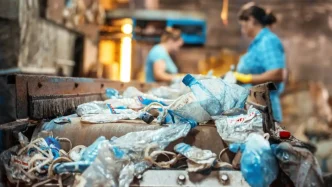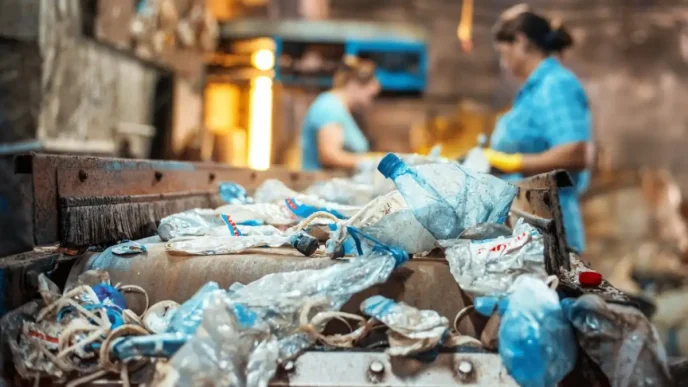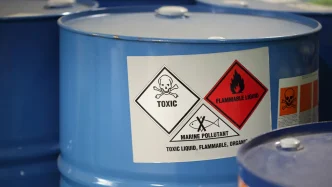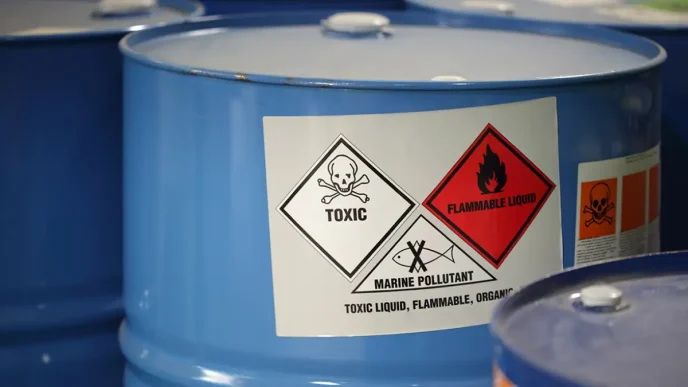Vientiane, the capital of Laos, is shrouded in a thick haze as air pollution reaches alarming levels across the country. On March 26, 2025, the Natural Resources and Environment Research Institute reported that agricultural burning, a common practice during the dry season, has led to dangerously high concentrations of PM2.5 particles, particularly in provinces like Xieng Khuang, Xayaboury, Xekong, and Vientiane itself. With the highest PM2.5 reading recorded at 284 micrograms per cubic meter in Kaeng village, Xayaboury province—an Air Quality Index (AQI) of 300, classified as “very unhealthy”—health officials are urging residents to take immediate precautions.
Health Risks and Public Warnings
The Ministry of Health has issued stark warnings, advising all citizens to wear face masks outdoors to minimize inhalation of fine ash and dust. Those with asthma, chronic lung conditions, or cardiovascular diseases are particularly vulnerable, as exposure to such high levels of pollution can exacerbate symptoms. Sensitive groups, including children and the elderly, are also at heightened risk in areas like Phongsaly, Oudomxay, Borikhamxay, and the capital, where air quality has been deemed “very unhealthy” with AQI readings consistently above 200.
PM2.5 particles—tiny pollutants less than 2.5 micrometers in diameter—can penetrate deep into the lungs and even enter the bloodstream, posing serious long-term health risks. According to global health guidelines, sustained exposure to levels above 35 micrograms per cubic meter is considered unsafe. The readings in Laos, often exceeding this threshold by a factor of eight, underscore the severity of the crisis. “We are seeing a public health emergency unfold in real time” said a spokesperson for the Ministry of Health during a press briefing on March 25, 2025, as reported by Vientiane Times.
Root Causes: Agricultural Burning and Beyond
Every year, during the dry season months of April and May, Laos grapples with severe air pollution driven largely by agricultural practices. Farmers across rural provinces burn fields to clear land for the next planting cycle, releasing vast amounts of smoke and particulate matter into the atmosphere. The Haze Monitoring Division of the Natural Resources and Environment Research Institute notes that high temperatures, low wind speeds, and elevated humidity during this period trap PM2.5 particles, creating a dense smog that blankets much of the country.
While agricultural burning accounts for an estimated 30 percent of PM2.5 pollution in Laos, according to the Ministry of Natural Resources and Environment, other sources exacerbate the problem. In urban areas like Vientiane, vehicle emissions contribute significantly to deteriorating air quality. Industrial plants relying on unclean energy sources further compound the issue, releasing pollutants that linger in the still, humid air. Garbage and forest burning, often unregulated, also play a role in the toxic mix that darkens Lao skies each year.
Regional and Seasonal Patterns
The air pollution crisis in Laos is not an isolated phenomenon but part of a broader regional challenge across Southeast Asia. Neighboring countries like Thailand and Myanmar also experience severe haze during the dry season, often due to similar agricultural practices. In Laos, the problem is most acute in rural provinces where farming is the backbone of the economy. Xieng Khuang, Xayaboury, and Xekong—regions heavily reliant on agriculture—consistently record the worst AQI levels, with readings frequently crossing into the “hazardous” category above 300.
In Vientiane, the capital’s urban density amplifies the impact of pollution. With a growing population and increasing vehicular traffic, the city struggles to manage emissions even as seasonal burning adds an overwhelming burden. Residents describe the air as acrid, with visibility reduced to a few hundred meters on the worst days. “You can taste the smoke” said a street vendor in central Vientiane, capturing the visceral impact of the crisis on daily life.
Policy Challenges and Government Response
Addressing air pollution in Laos presents a complex policy challenge. Agricultural burning, while harmful, is deeply ingrained in rural farming practices, providing a quick and cost-effective way to prepare land for cultivation. Banning the practice outright risks alienating farmers who rely on it for their livelihoods, yet allowing it to continue endangers public health on a national scale. The government has made efforts to raise awareness about alternative land-clearing methods, such as mechanical removal or crop rotation, but adoption remains slow due to financial and logistical barriers.
The Ministry of Natural Resources and Environment has also introduced measures to monitor and mitigate pollution, including real-time AQI reporting and public advisories. However, enforcement of regulations on burning and industrial emissions remains inconsistent, particularly in remote areas where oversight is limited. Critics argue that without stronger incentives for farmers and stricter penalties for illegal burning, the cycle of seasonal haze will persist. “The government must balance economic needs with environmental protection, but time is running out” said an environmental analyst based in Vientiane, speaking to local media on March 24, 2025.
Public Sentiment and Community Impact
Public frustration is mounting as the haze disrupts daily life across Laos. In Vientiane, schools have occasionally shifted to online learning to protect students from exposure, while outdoor markets see declining foot traffic as vendors and customers alike avoid the polluted air. Social media platforms, including posts on X, reveal widespread concern among citizens, with many calling for urgent government action. “We can’t breathe, and no one seems to care” wrote a user from Xayaboury province, echoing a sentiment shared by thousands online.
In rural areas, the impact is even more profound. Farmers, who are often the source of the burning, are themselves victims of the resulting pollution. Many lack access to protective gear like masks, and healthcare facilities in remote provinces are ill-equipped to handle spikes in respiratory illnesses. Children in these areas miss school, and families struggle with the dual burden of health issues and economic hardship during an already challenging season.
Looking Ahead: Solutions and Uncertainties
As the dry season progresses, the air quality in Laos is likely to worsen before it improves. Without significant intervention, the thick smog of April and May could push AQI levels into the “hazardous” range more frequently, placing an even greater strain on public health systems. Environmental experts warn that long-term exposure to such high levels of PM2.5 may lead to a rise in chronic conditions, from asthma to heart disease, with costs that could burden the nation for decades.
Yet, there is room for cautious optimism. Regional cooperation, such as joint initiatives with ASEAN neighbors to combat transboundary haze, could provide Laos with technical and financial support to address the crisis. Domestically, investing in sustainable agricultural practices and cleaner urban infrastructure may offer a path forward, though implementation will require political will and sustained funding. For now, as the skies over Vientiane remain darkened by smoke, the question looms: can Laos break free from the annual cycle of pollution before irreparable damage is done?














